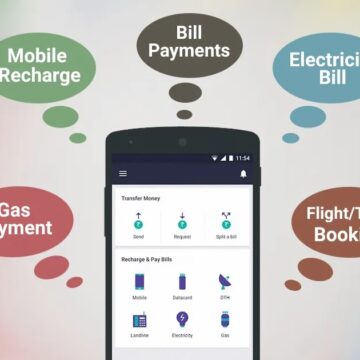Leveraged trading is an interesting concept that can be extremely profitable. Unfortunately, it also has the potential to create huge losses, so it’s important to know the highs and lows of leverage trading before you dive in headfirst.
In this post, we’ll cover how leverage trading works, some of the benefits and disadvantages, and how to identify if this type of investing is right for your portfolio.
The world of trading is fascinating, and for those interested in making their way in this field, there are plenty of opportunities to do so. Leveraged trading is the process by which traders use borrowed money from a broker to execute trades.
The high point of trading in Singapore is that it can help people make more profits than they would have been able to do otherwise. It also allows them to trade with less capital upfront – if we’re talking about borrowing $10,000 from the bank, then this means that only $1,000 has been put up as collateral for potential losses instead of $$11,000.
The downside of leverage trading is that it also gives traders the chance to make more losses than they would have otherwise had if they invested with their own capital only. It doesn’t matter how good you are at investing – one bad trade can wipe out your entire account balance on top of all borrowed funds.
The Final Word
Leverage trading can be done with stocks, bonds, currencies, and other securities that you might not be able to afford on your own.
















